Every saltwater-fishing boat needs basic emergency electronics, including at least one fixed-mount VHF radio, the primary means of issuing a Mayday distress call. What’s more, as boat size and range increases, so too should the number of emergency electronics, according to Scott Heffernan, vice president for sales for the GPS Store (thegpsstore.com).“Naturally, it’s best to avoid emergencies at sea in the first place,” says Heffernan. “Electronics such as chart plotters, radar, AIS, and sonar — as well as prudent seamanship — help you safely navigate and fish while avoiding collisions, groundings, sinkings, and other emergencies.
“At the same time, captains should always be prepared,” he adds. “That means having electronics that allow you to signal for help in distress situations.”
Yet, a flats skiff that fishes mainly inshore doesn’t require or have room for all the emergency electronics and equipment you might find aboard an offshore sport-fishing yacht, according to Heffernan.
To give you an idea of what you might need, Heffernan defined three distinct classes of saltwater-fishing boats, and then outlined the recommended electronics, with each set, added to the previous suggestions to build the appropriate package.
This is in addition to other gear required by the Coast Guard, including life jackets, a throwable device, flare kit, fire extinguisher, and sound-producing device such as a horn.
Flats, Skiffs and Bay Boats
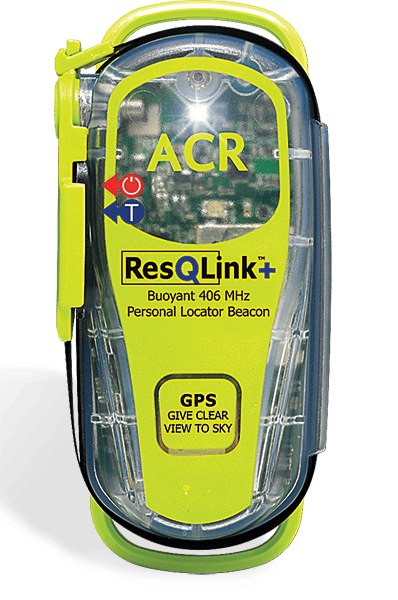
ACR ResQLink+ Personal Locator Beacon ($249.95): This floating PLB broadcasts your position to 100-foot accuracy — thanks to the built-in GPS — to the Coast Guard, and it sends a second signal to search-and-rescue agencies. It lets someone know you’re in trouble and helps them find you in the water. Have one for each life jacket in case crew becomes separated.
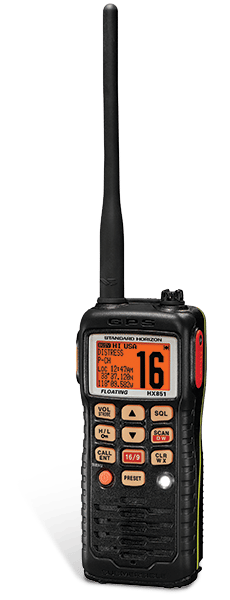
Emergency Handheld VHF Radio with DSC and GPS: Radio communications is one of the first things you lose if your batteries fail. A handheld, waterproof VHF such as the Icom M92D ($299.99) or Standard Horizon HX851 ($249.95) float and light up so you can find them at night. The DSC activates distress calls that alert other DSC-equipped vessels to your emergency, with a GPS position.
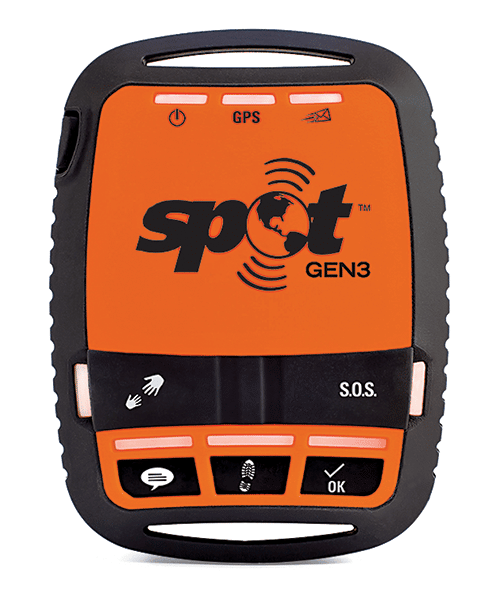
Spot Gen3 Satellite Messenger ($149.95): This palm-size satellite device automatically transmits your position online to your contact list as frequently as every five minutes. Individual-message capability includes a custom message, nonemergency help request, and an SOS button for emergency assistance. Full-service plan costs $149.99.
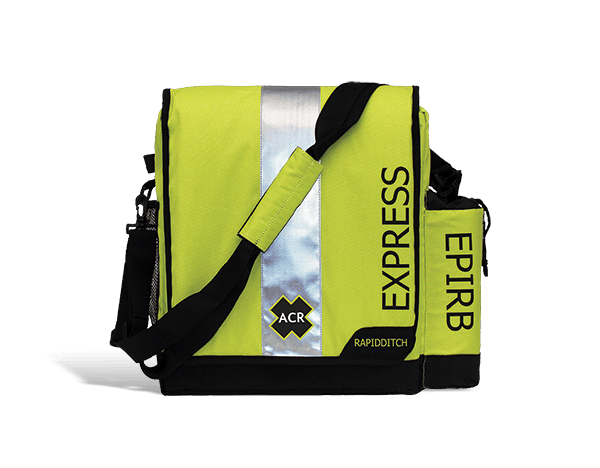
ACR RapidDitch Express Ditch Bag ($49.95): Keeps all portable electronics, safety gear, and other emergency items (signaling mirror, water packs, sunscreen, first-aid supplies, -noisemaking devices) organized and ready for action.
Center Consoles, Walkarounds and Dual Consoles
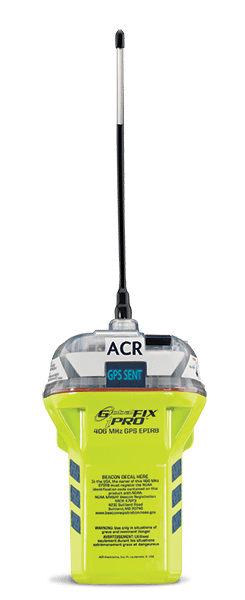
Cat I ACR Global Fix iPro Emergency -Position Indicating Radio Beacon ($699.95): This EPIRB mounts on the vessel, and floats free and activates automatically if the vessel sinks or capsizes. Auto-deploy EPIRBs like this have helped speed rescue to thousands of boaters around the world. If budget is a concern, look at ACR‘s** Cat II Global Fix Pro EPIRB ($429.95)**, requiring manual activation.
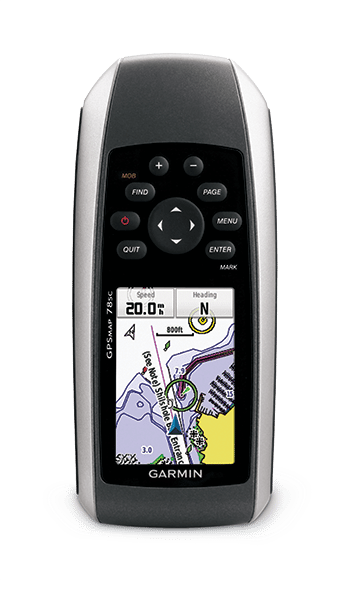
Garmin GPSMAP 78SC Handheld GPS ($299.95): Like fixed-mount VHF radios, onboard GPS is also likely to go out in a boat that’s filling with water. This -floating, waterproof GPS helps you relay your position to nearby vessels coming to your aid. With built-in coastal maps, it’s also a great backup in case your boat experiences a nonemergency failure of the primary navigation system.
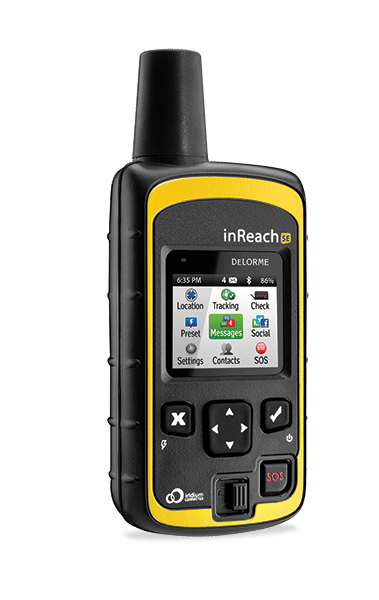
DeLorme InReach SE Satellite Communicator ($264.95): This two-way hand-held communicator has a virtual keyboard for sending and -receiving simple-text messages, global SOS capabilities and a tracking feature to help rescuers pinpoint your position. With the free Earthmate app, you can also text from your Wi-Fi-enabled smartphone or tablet. A service subscription is required, starting at **$9.95 per month.**
Offshore Sport-Fisher
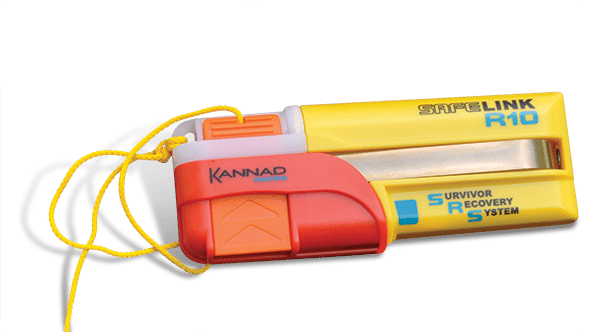
Kannad R10 Safelink Personal AIS ($289.95): Having this device worn by each person aboard (particularly at night and in rough weather) helps dramatically in man-overboard rescue, both by your own vessel and others.
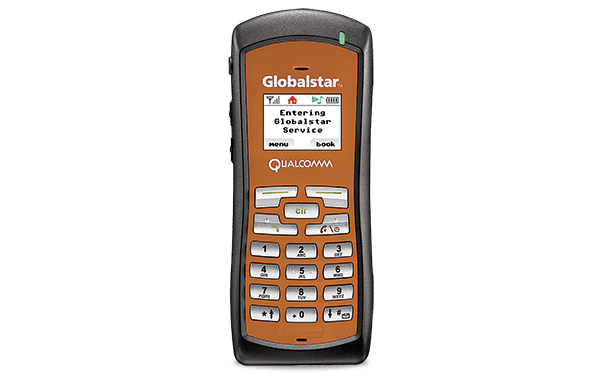
GlobalStar GSP-1700 Satellite Phone ($499.95): Hand held and portable, this system provides reliable communications anywhere at sea. The ability to stay in touch with friends and loved ones on shore, as well as contact emergency responders directly, is great peace of mind for boaters who leave shore (and cellphone coverage) far behind.
Accessories
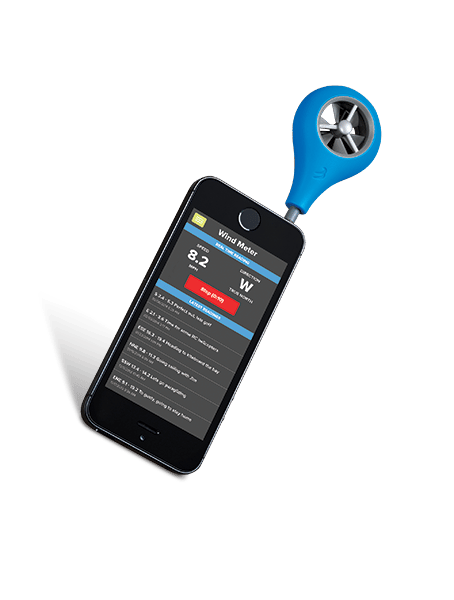
WeatherFlow’s Wind Meter: It plugs into an Apple or Android smartphone or tablet to accurately measure wind speed and direction using the free WeatherFlow Wind Meter app. Boasting calibration from the University of Florida’s Aerospace -Engineering Department, the compact anemometer measures wind speeds ranging from a light breeze to hurricane force with .05 percent -error. It reads in meters per second, miles per hour, knots/-kilometers per hour, and Beaufort scale. You can share wind reports within the WeatherFlow app or via Instagram, Vine, Twitter, SMS, email, and Facebook.
$34.95; weatherflow.com
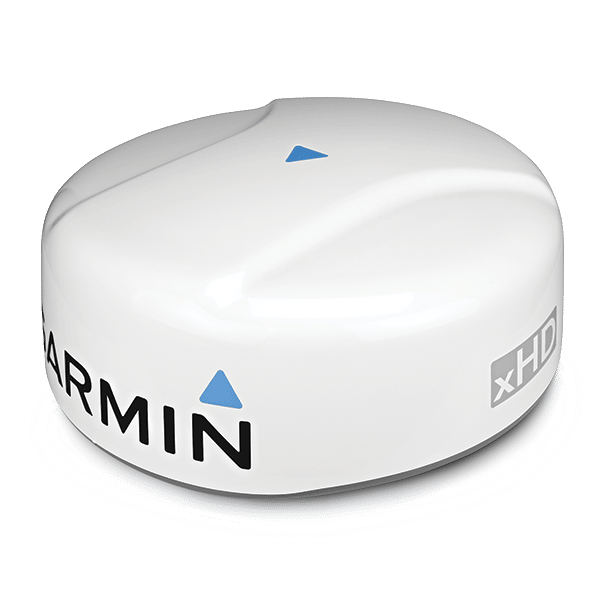
Garmin’s new pair of 4 kW high-definition marine radars, the GMR 18 xHD and 24 xHD: They each integrate powerful open-array performance in 18- and 24-inch domes, respectively. With a maximum rotation speed of 48 rpm and auto adjustment based on range, you get quicker radar returns than with previous models. Both models feature Dynamic Auto Gain and Dynamic Sea Filter that continually adjust to surroundings to maintain optimal performance. With a 48-nautical-mile range, both offer dual-range operation for a split-screen view of targets near and far.
GMR 18 xHD, $1,599.99; GMR 24 xHD, $2,399.99; garmin.com
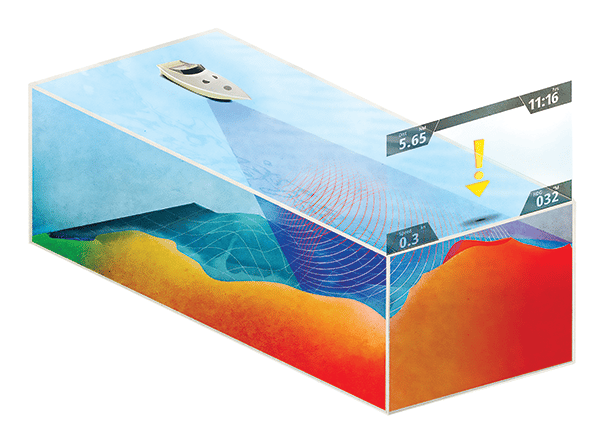
Simrad’s new ForwardScan: It features a forward-looking transducer to provide a sonar image of the water column and sea bottom in front of the boat. The transducer adapts to a wide range of hull styles to deliver information on depth, bottom configuration and obstructions to Simrad -multifunction displays. It offers an effective range of eight times the actual -water depth and an adjustable shallow-water alarm. The module is compatible with Simrad’s NSS evo2 and NSO evo2 navigation system. Forward scan can also be viewed on a smartphone, and viewed and operated from a tablet on vessels equipped with Simrad’s GoFree Wi-Fi system.
$699; simrad-yachting.com









